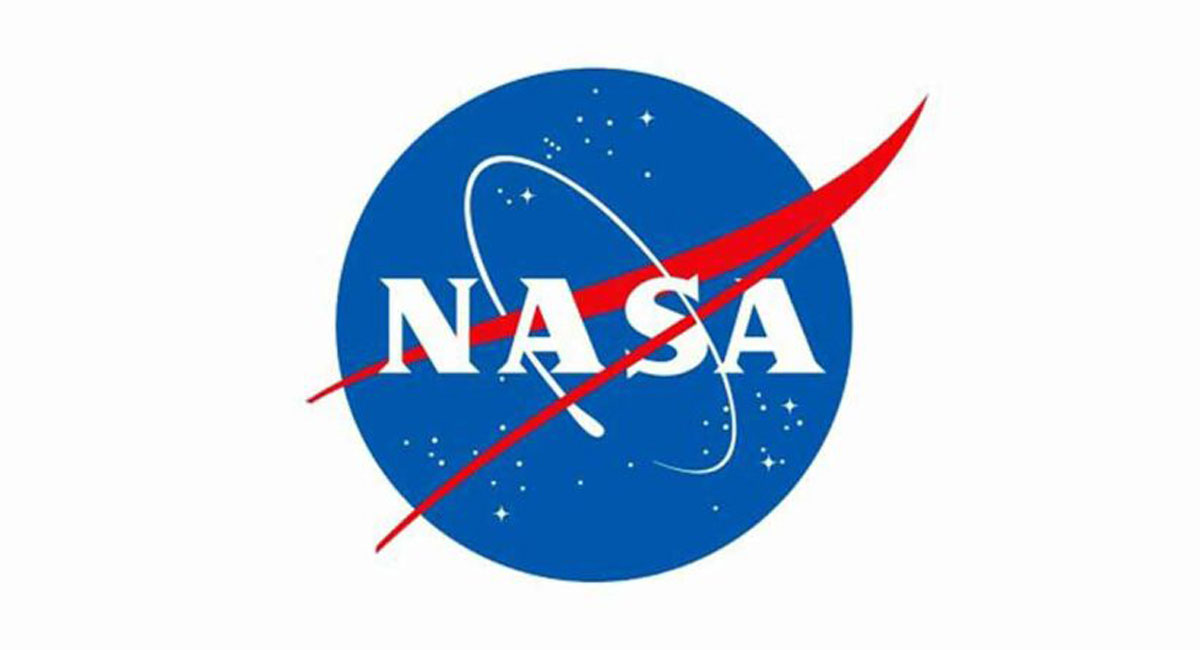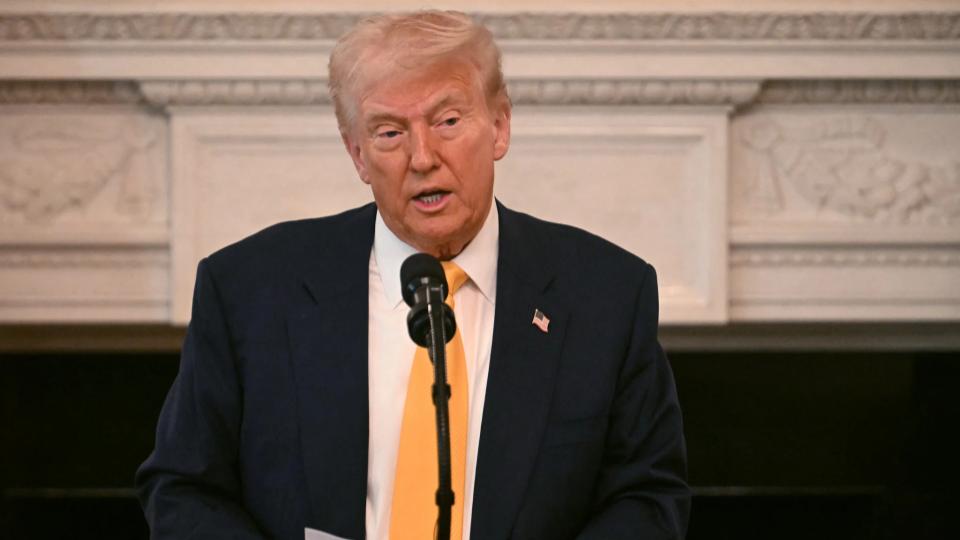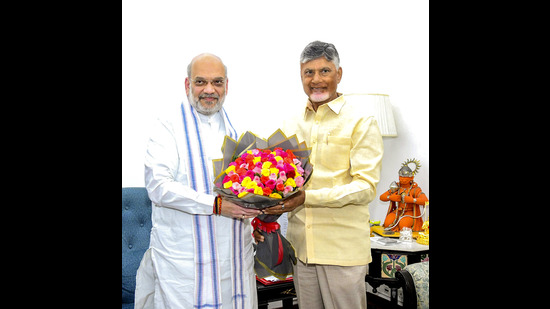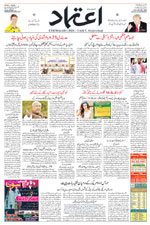NASA unveils first images from James Webb Space Telescope
Sat 12 Feb 2022, 12:29:07

Washington: NASA has unveiled first images captured by the James Webb Space Telescope (JWST) which represents early stages of the telescope’s 18 main mirror segments properly aligning.
This image mosaic was created by pointing the telescope at a bright, isolated star in the constellation Ursa Major known as HD 84406.
This star was chosen specifically because it is easily identifiable and not crowded by other stars of similar brightness, which helps to reduce background confusion, the US space agency said in a statement late on Friday.
Each dot within the mosaic is labeled by the corresponding primary mirror segment that captured it.
What looks like a simple image of blurry starlight now becomes the foundation to align and focus the telescope in order for Webb to deliver unprecedented views of the universe this summer.
Over the next month or so, the team will gradually adjust the mirror segments until the 18 images become a single star, said NASA.
“The entire Webb team is ecstatic at how well the first steps of taking images and aligning the telescope are proceeding. We were so happy to see that light makes its way into NIRCam,” said Marcia Rieke, principal investigator for the NIRCam instrument and regents professor of astronomy, University of
Arizona.
Arizona.
During the image capturing process that began February 2, Webb was repointed to 156 different positions around the predicted location of the star and generated 1,560 images using NIRCam’s 10 detectors, amounting to 54 gigabytes of raw data.
The entire process lasted nearly 25 hours, but notedly the observatory was able to locate the target star in each of its mirror segments within the first six hours and 16 exposures.
These images were then stitched together to produce a single, large mosaic that captures the signature of each primary mirror segment in one frame.
“This initial search covered an area about the size of the full Moon because the segment dots could potentially have been that spread out on the sky,” said Marshall Perrin, deputy telescope scientist for Webb.
Moving forward, Webb’s images will only become clearer, more detail-laden, and more intricate.
A joint effort with the European Space Agency (ESA) and Canadian Space Agency, the Webb mission was launched on December 25 last year.
The $10 billion James Webb Space Telescope will explore every phase of cosmic history — from within our solar system to the most distant observable galaxies in the early universe.
No Comments For This Post, Be first to write a Comment.
Most viewed from International
Most viewed from World
AIMIM News
Delhi Assembly polls: Owaisi leads Padyatra in Okhla
Feb 01, 2025
We reject this Waqf Amendment Bill: Asaduddin Owaisi
Jan 30, 2025
Latest Urdu News
Most Viewed
May 26, 2020
Which team will win the ICC Men's Champions Trophy 2025 held in Pakistan/Dubai?
Latest Videos View All
Like Us
Home
About Us
Advertise With Us
All Polls
Epaper Archives
Privacy Policy
Contact Us
Download Etemaad App
© 2025 Etemaad Daily News, All Rights Reserved.

.jpg)

.jpg)







.jpg)
.jpg)
.jpg)
.jpg)
.jpg)
.jpg)
.jpg)
.jpg)
.jpg)
.jpg)
.jpg)




















